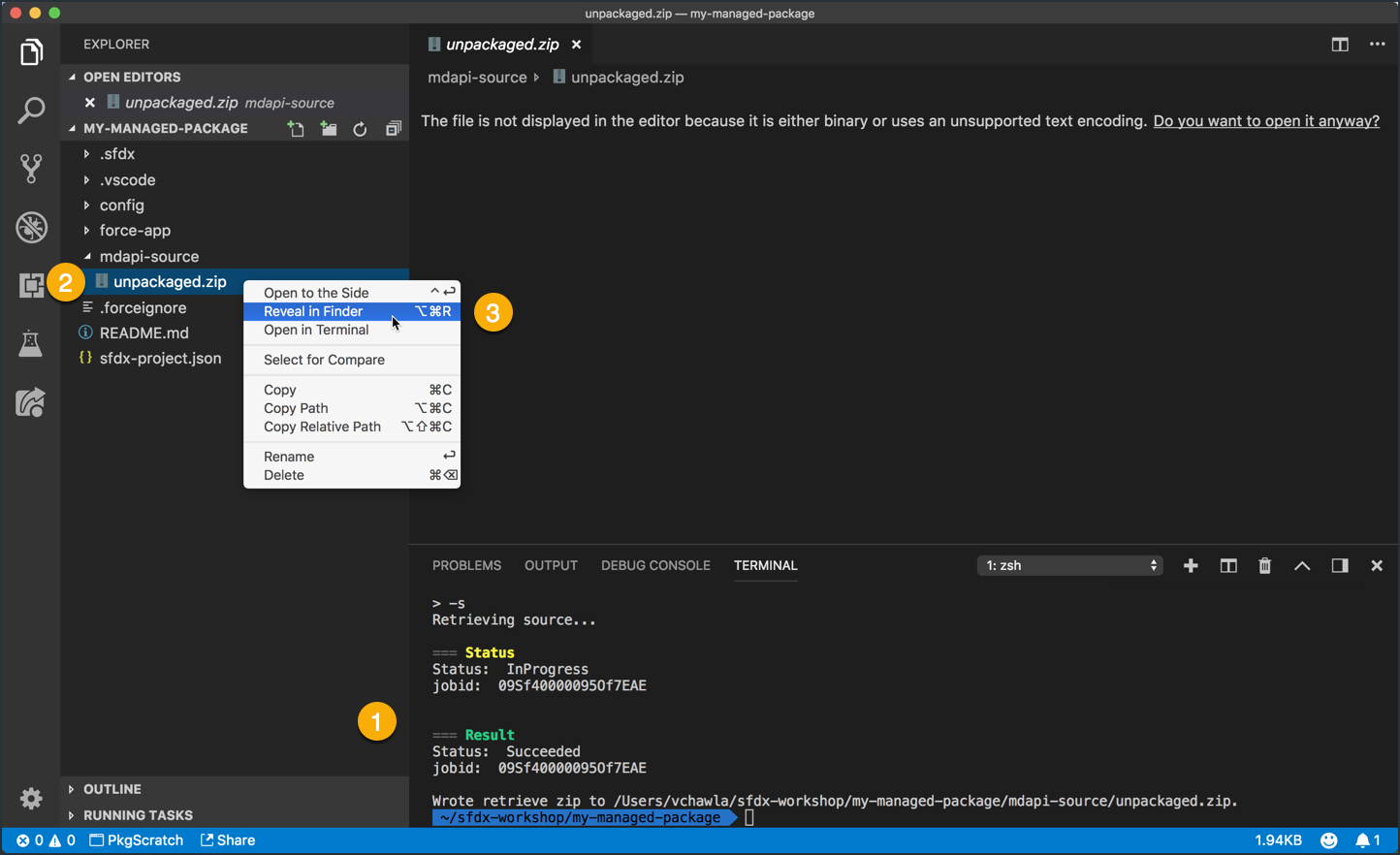Disk Utility User Guide
Disk Utility on Mac supports several file system formats:
Apple File System (APFS): The file system used by macOS 10.13 or later.
Mac OS Extended: The file system used by macOS 10.12 or earlier.
MS-DOS (FAT) and ExFAT: File systems that are compatible with Windows.
'Zipping' a file simply means using a utility on your Mac to compress a file or folder down to a much smaller size, without losing any quality in the file or folder. 'Zip' itself refers to the file type of a compressed file.zip, which is supported by both macOS and Windows, along with other operating systems such as Android. How to Zip files on MacOS by built in method This method can be used to zip files and folders or both of these. Locate the files or folders you want to archive using Mac Finder. Select the files you want to zip, and right click on their selection.
Apple File System (APFS)
Apple File System (APFS), the default file system for Mac computers using macOS 10.13 or later, features strong encryption, space sharing, snapshots, fast directory sizing, and improved file system fundamentals. While APFS is optimized for the Flash/SSD storage used in recent Mac computers, it can also be used with older systems with traditional hard disk drives (HDD) and external, direct-attached storage. Plug my store. macOS 10.13 or later supports APFS for both bootable and data volumes.
APFS allocates disk space within a container (partition) on demand. When a single APFS container has multiple volumes, the container's free space is shared and is automatically allocated to any of the individual volumes as needed. If desired, you can specify reserve and quota sizes for each volume. Each volume uses only part of the overall container, so the available space is the total size of the container, minus the size of all the volumes in the container.
Choose one of the following APFS formats for Mac computers using macOS 10.13 or later.
APFS: Uses the APFS format. Choose this option if you don't need an encrypted or case-sensitive format.
APFS (Encrypted): Uses the APFS format and encrypts the volume.
APFS (Case-sensitive): Uses the APFS format and is case-sensitive to file and folder names. For example, folders named 'Homework' and 'HOMEWORK' are two different folders.
APFS (Case-sensitive, Encrypted): Uses the APFS format, is case-sensitive to file and folder names, and encrypts the volume. For example, folders named 'Homework' and 'HOMEWORK' are two different folders.
You can easily add or delete volumes in APFS containers. Each volume within an APFS container can have its own APFS format—APFS, APFS (Encrypted), APFS (Case-sensitive), or APFS (Case-sensitive, Encrypted).
Mac OS Extended
Choose one of the following Mac OS Extended file system formats for compatibility with Mac computers using macOS 10.12 or earlier.
Mac OS Extended (Journaled): Uses the Mac format (Journaled HFS Plus) to protect the integrity of the hierarchical file system. Choose this option if you don't need an encrypted or case-sensitive format.
Mac OS Extended (Journaled, Encrypted): Uses the Mac format, requires a password, and encrypts the partition.
Mac OS Extended (Case-sensitive, Journaled): Office home and student trial. Uses the Mac format and is case-sensitive to folder names. For example, folders named 'Homework' and 'HOMEWORK' are two different folders.
Mac OS Extended (Case-sensitive, Journaled, Encrypted): Uses the Mac format, is case-sensitive to folder names, requires a password, and encrypts the partition.
Windows-compatible formats
Choose one of the following Windows-compatible file system formats if you are formatting a disk to use with Windows.
MS-DOS (FAT): Use for Windows volumes that are 32 GB or less.
ExFAT: Use for Windows volumes that are over 32 GB.
What is the __MACOSX folder?
The __MACOSX folder is created when a Mac user creates and archive (also called a zip file) using the Mac. If the Mac user sends the zip file to another Mac user, the folder will not appear - this is a hidden folder. Many files on the Mac have two parts: a data fork, and a resource fork. The built in zip utility on the Mac sequesters all of the resource forks into this __MACOSX folder when creating a zip archive. For certain files (like some font files), these resource forks are necessary to be left intact. ZipFiles4PC also has an option to preserve the resrouce forks without creating the __MACOSX folder.
When the Mac user sends the zip file to a PC user, however, all of the hidden files are shown. PC users are often confused by these (seemingly superfluous) files and folders. Bethesda beta sign up. You can use our Zip Files for the PC utility to create zip files that contain neither the __MACOSX folder, nor the .DS_store files! You can download the free trial version today (see the link on the left) or you can buy it now using PayPal.
Page Last modified: July 18, 2014Buy Zip Mac Files For PC ↓
Supported OSs:
Big Sur (11.0)Catalina (10.15) 64-bit
Mojave (10.14)
High Sierra (10.13)
Sierra (10.12)
El Capitan (10.11)
Yosemite (10.10)
Mavericks (10.9)
Mountain Lion (10.8)
Lion (10.7)
Snow Leopard (10.6)
Macos Zip App
Leopard (10.5)

Tiger (10.4)
Macos Zip With Password
Panther (10.3)

